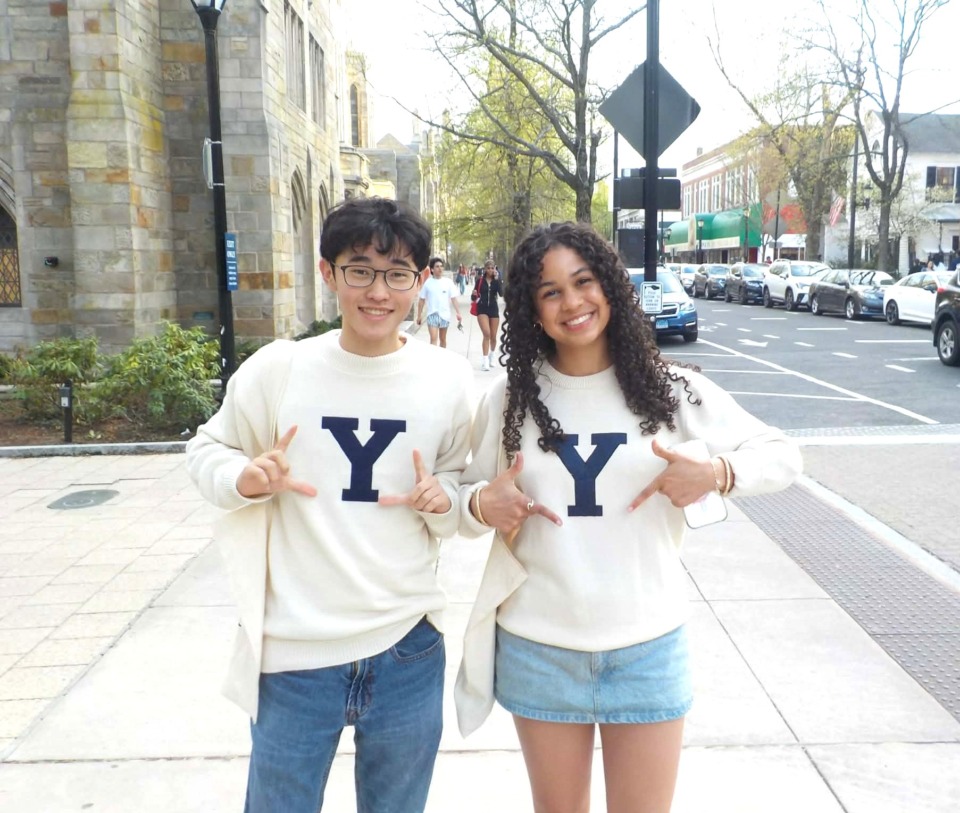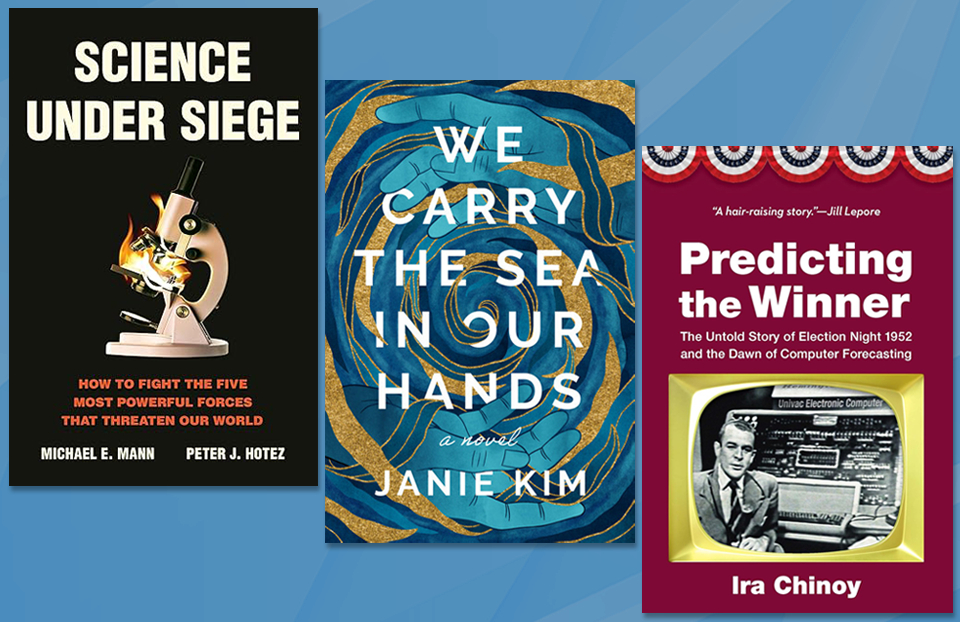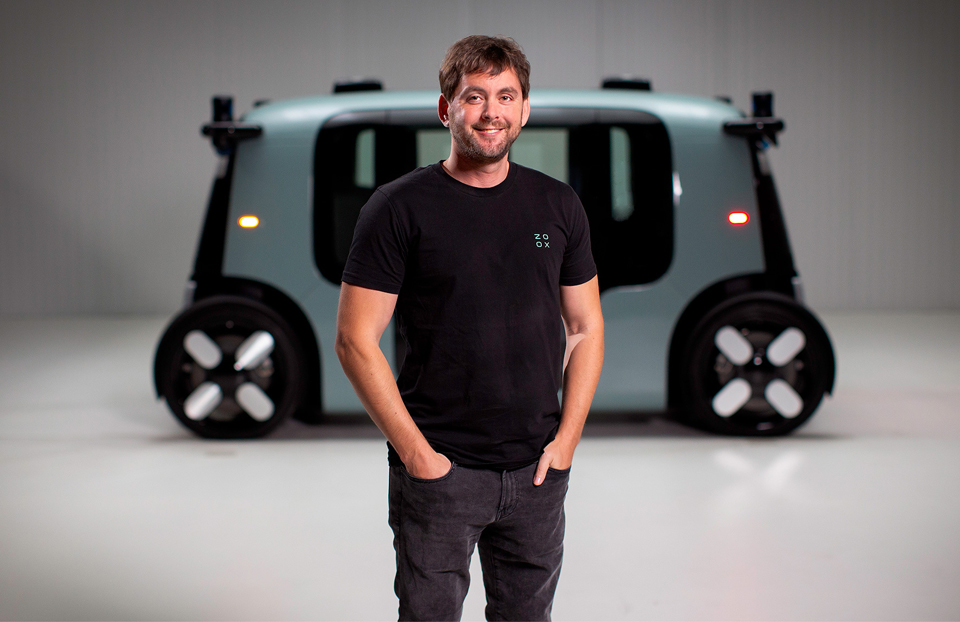Intel ISEF alumna tours CERN
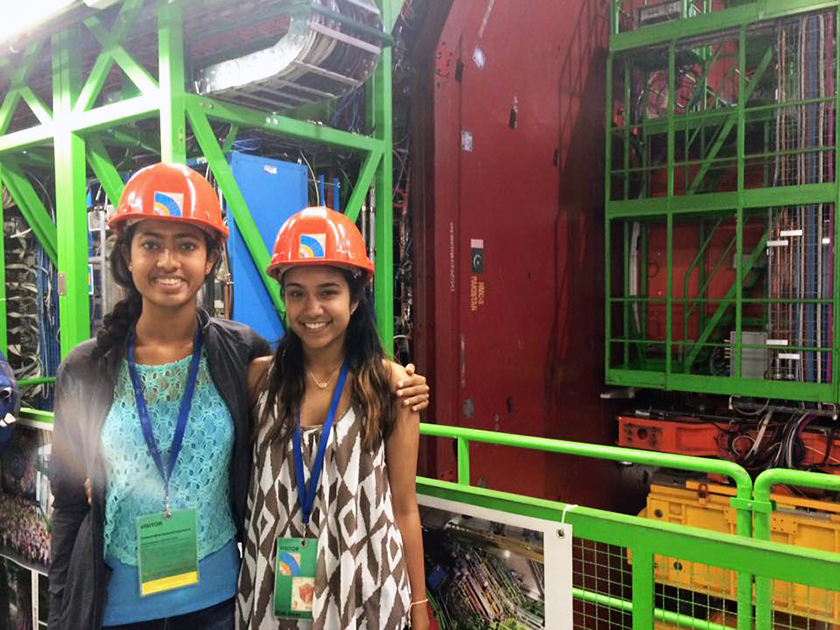
Nitya Mani was one of the Intel ISEF 2015 finalists who won an opportunity to travel to the European Organization for Nuclear Research, better known as CERN. She learned about the research happening at CERN, including the Large Hadron Collider and antimatter. Nitya admires the incredible warmth of the math community.
Tell us about the CERN Special Awards trip. What was your most memorable experience?
My week at CERN was one of the most memorable weeks of my life. From the barely noticeable gutters on campus that marked the border between France and Switzerland, to the scattered sculptures, models, and replicas across campus, to the enormous accelerators and physics facilities, CERN lived up to its reputation as an international home for physics enthusiasts and an incubator of science research. I was stunned by the sheer scope of CERN. It is incredibly hard to really understand the enormous scale of the CERN projects without seeing the “small” accelerators like the LEIR (low energy ionizing ring for heavy particles), Antiproton Decelerator (AD), and Proton Synchrotron (PS), and marveling at fragments of the enormous, celebrated Large Hadron Collider (LHC). The most memorable experience on the trip was the visit to the antimatter factory, where we got to step into a working laboratory, factory, research facility, and quite literally, the future after crossing just one set of doors. We got to take a look firsthand at the (messy) wiring of physicists constructing projects to test the gravitational and electromagnetic properties of matter. We also saw bits of the antiproton decelerator, and were able to learn about the amazing research CERN is doing with respect to antimatter.
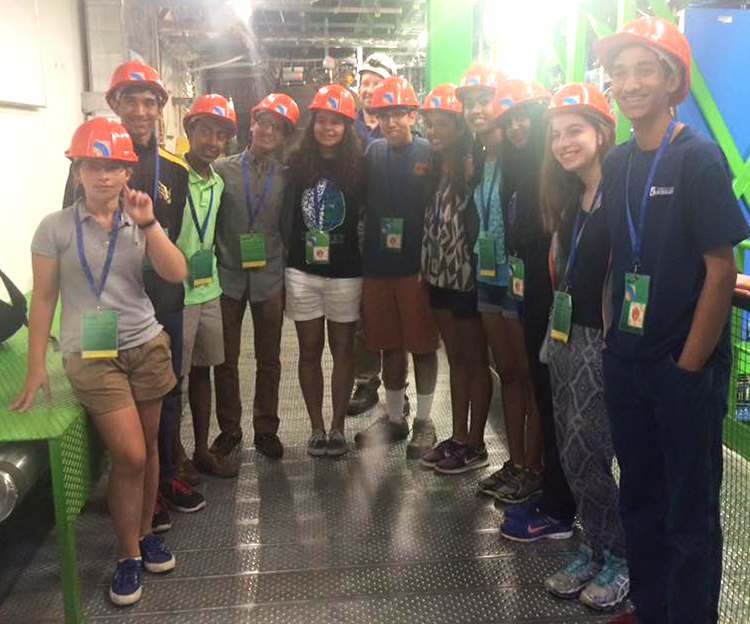
Did you take a tour of the CERN facility? What were your impressions?
We were able to visit a huge number of CERN facilities. We got tours and watched demonstrations at the magnet repair facility, antimatter factory, superconductivity lab, and the central computing cluster. We got the incredible opportunity to go down to the LHC and visit the CMS experiment (collider) off the main CERN campus. We were lucky that our visit coincided with a technical stop of the CERN’s major accelerators, enabling us to actually go into the same rooms as these accelerators instead of viewing them from afar. We also saw a plethora of accelerators on the main CERN campus, including a few linear accelerators, the LEIR, antiproton decelerator, and smaller accelerators like the SPS (super proton synchrotron), which accelerate protons before they head into the LHC. The sheer amount of innovation, time, and work that went into even the simplest of these accelerators is hard to wrap your mind around. It is a little crazy to think that at CERN we got to see accelerators that regularly bring particles up to 99.9% of the speed of light, so fast that the particles become heavier rather than faster (E = mc2).
Did the CERN scientists discuss their research with you?
Many CERN scientists lectured us about the research at the CMS experiment and Antimatter Factories, superconductivity testing, and computer science breakthroughs of individual labs. We also heard about the statistics, physics, computer science, and mathematics that went into the discovery of the Higgs Boson and the confirmation that the discovery was not a fluke of experimentation. This was the most fascinating lecture.
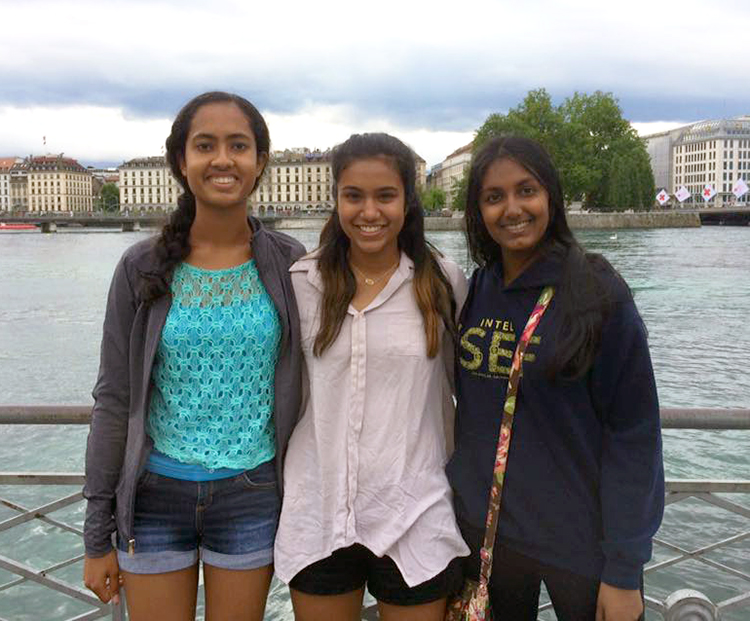
What was your favorite part of Intel ISEF 2015?
Just like Intel ISEF 2014, my favorite part of attending the event was by far the people I got to meet. This includes my peers in the mathematics category who made remarkable breakthroughs in fields similar and completely different from my own and the mathematician judges who shared stories, knowledge, book recommendations, and advice for pursuing mathematics as an undergraduate. The people I have met over the past two years at Intel ISEF have been the single greatest driving force in convincing me to pursue mathematics seriously in college, by establishing the friendliness and warmth of the mathematical community.
Can you provide a short description of your research project?
One of the most famous math problems concerns constructing figures with the aid of an unmarked straightedge and compass, specifically regular polygons. Such construction problems concerning regular n-gons can be generalized to consider the n-division points of any closed curve C (n points dividing a closed curve C into pieces of equal arc length, like a regular pentagon divides the circle, circumscribing it into 5 equal pieces). This year, I worked to resolve three major goals in the field of n-division point constructions: understanding the constructible n-division points of hypocycloids, characterizing the constructible n-division points of an entire family of curves for the first time in this field, and resolving a longstanding unaddressed disparity concerning the presence (or lack thereof) of a closed curve C when considering the constructible n-division points of C. I used Galois theory, abstract algebra, and algebraic number theory in order to characterize constructible numbers and prove two theorems. I showed that the n-division points of all rational c-hypocycloids are constructible with an unmarked straightedge and compass for all integers n, given a pre-drawn hypocycloid. I also considered the question of constructibility of n-division points of hypocycloids without a pre-drawn hypocycloid in the case of a tricuspoid, concluding that the n-division points of a tricuspoid are only constructible in this manner when n = 1, 2, 3, and 6 (the n-division points are always constructible when given a drawn tricuspoid).
Did your experience at Intel ISEF inspire you to pursue other opportunities in STEM?
My experiences at Intel ISEF inspired me to continue my research in the same field by pursuing a more challenging and famously open problem posed by Gauss. I am working on characterizing the constructible regular polygons with a compass, straightedge, and angle p-sector, a famously open problem with a conjectured solution, but no general proof. My opportunity to visit CERN has inspired me to pursue particle physics and research, hopefully at CERN one summer.
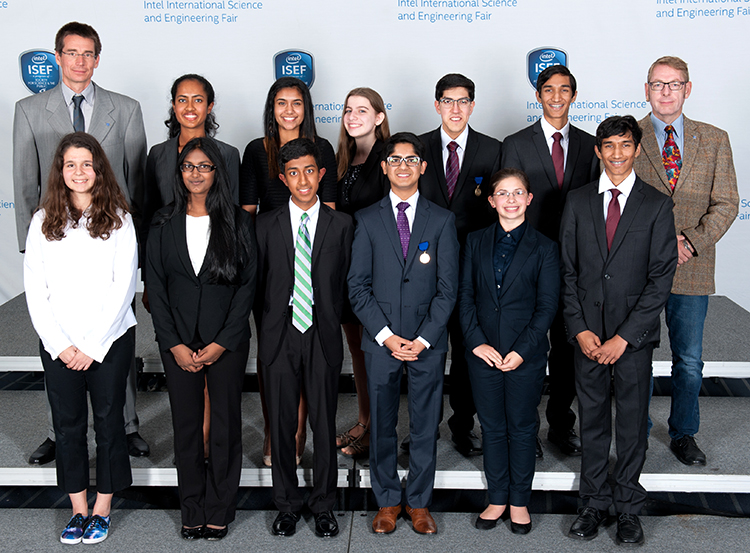
What is your advice to young people interested in science and math?
Pursue STEM as far as you can! I was wary of beginning math research, feeling that I could make little progress in a field that is millennia old, replete with famous breakthroughs by more famous mathematicians. My research journey showed me that progress only creates more questions of all levels of difficulty, and that even in the densest fields, there are interesting and accessible problems to be solved.
